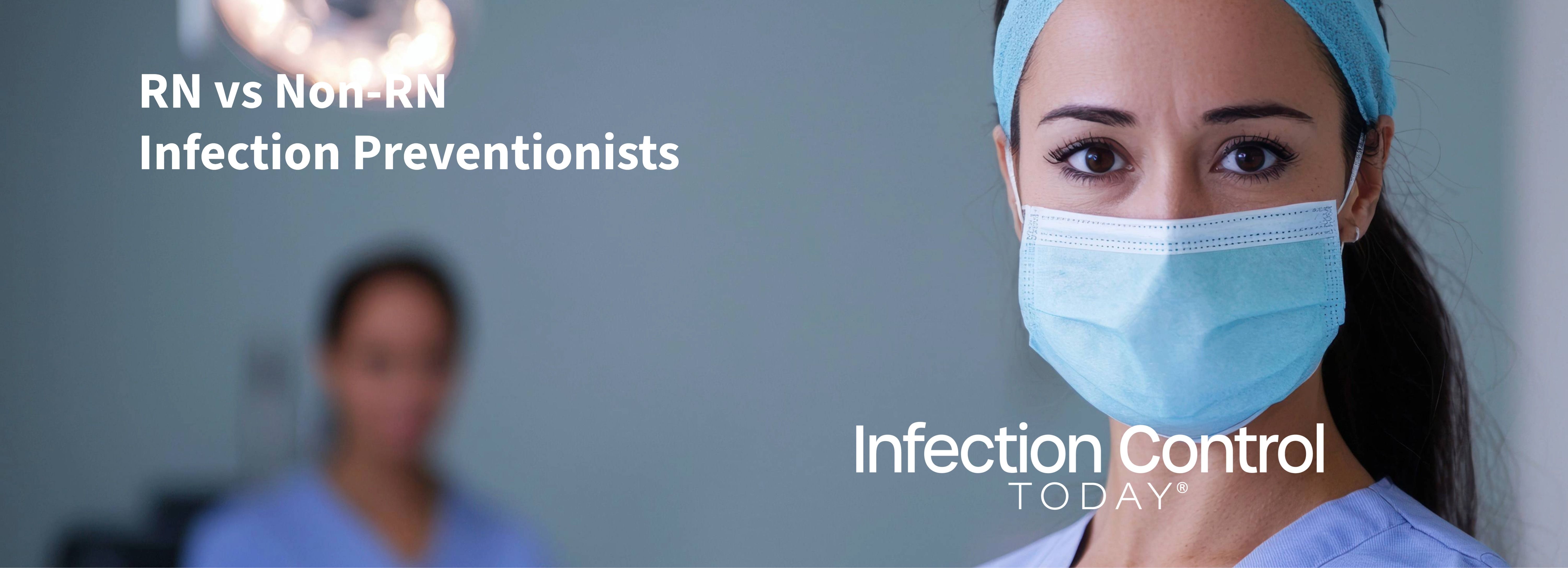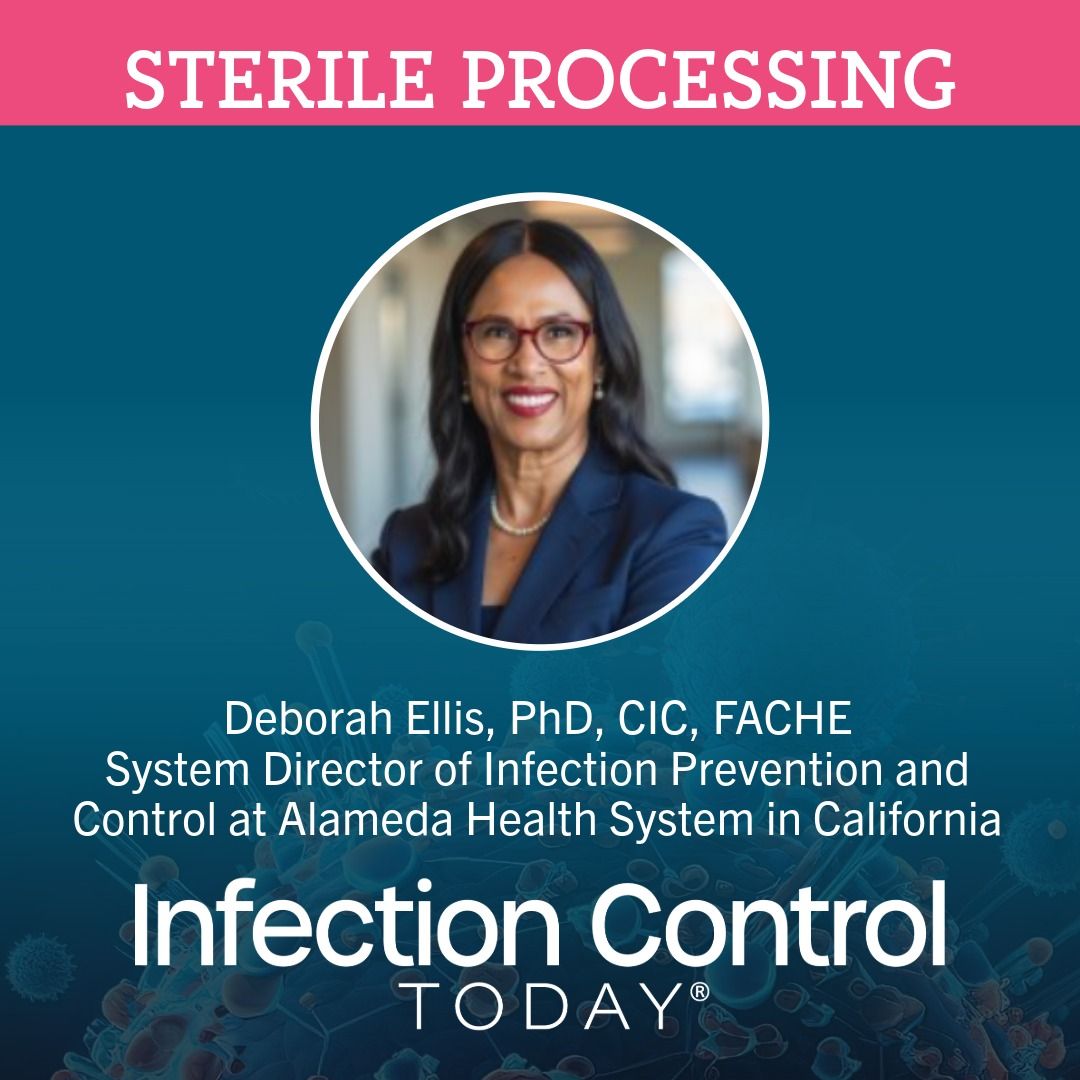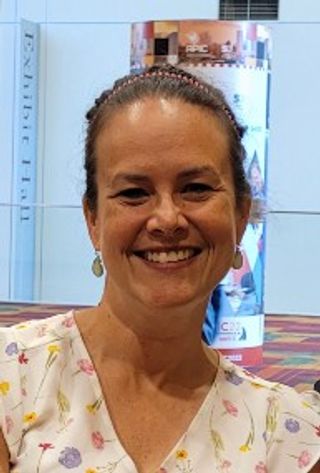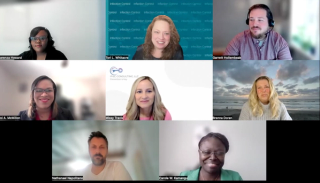
IPC Career
Latest News

Latest Videos

Shorts
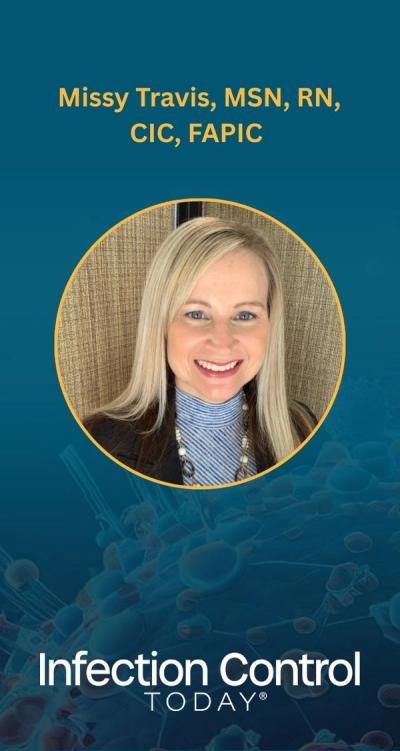



More News

We all know that preventing employee fatigue and burnout requires a multipronged and ongoing effort to address the issue. There’s probably not a company in this nation that hasn’t experienced exhausted and frustrated employees, and the struggle is real to keep everybody engaged and motivated.
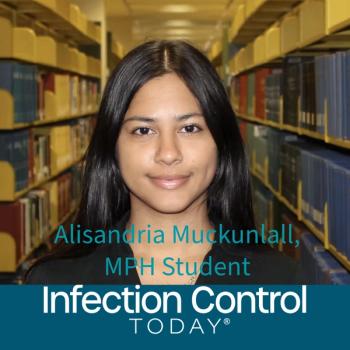
What's it like to be an infection prevention associate and an MPH Student? Read this to hear one person's point of view.
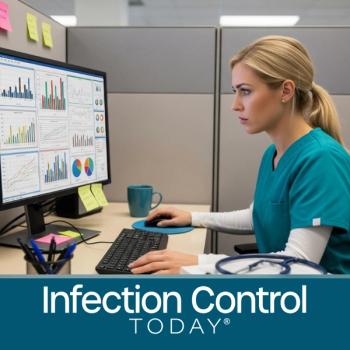
This 6-part series will chronicle the journey of 2 infection prevention leaders, Brenna Doran, PhD, MA, ACC, CIC; and Jessica Swain, MBA, MLT, CIC, IHI, as they partnered to research and shed light on the critical issue of infection prevention staffing in the current health care landscape. From the initial spark of an idea to the publication of an impactful article, a research manuscript, and a podcast, this series will offer an insider’s view of their collaborative process and the profound implications of their findings. This third article in the series will focus on...
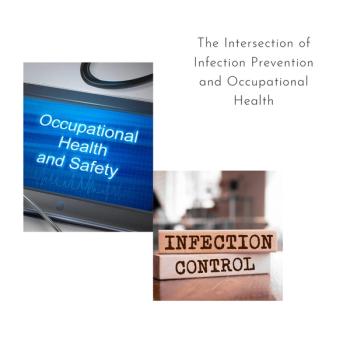
If you’ve ever been asked to track flu shots and handle a chemical splash in the same breath, you’ve met the IP–OH blur. Infection prevention and occupational health often intersect—but their missions differ. Knowing where each begins ensures safer patients, safer staff, and smoother responses.
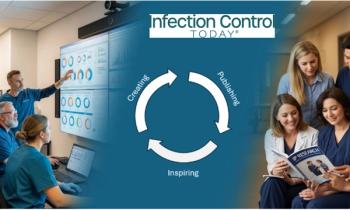
Join the APIC Research Network (free for APIC members), pick your level, and commit to one survey or collaborative project this year—research for IPs, by IPs. Your idea could shape tomorrow’s practice.

International Infection Prevention Week is coming up from October 19 to 25. Read on to learn how to celebrate in your own facility!

Designing a survey is both art and science. In this installment of From Concept to Impact, we share how we shaped questions to capture meaningful insights without overwhelming respondents.
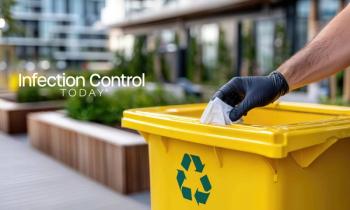
From patient safety to climate impact, infection preventionists are change makers. A new study highlights how IPs can champion sustainability without compromising infection control.
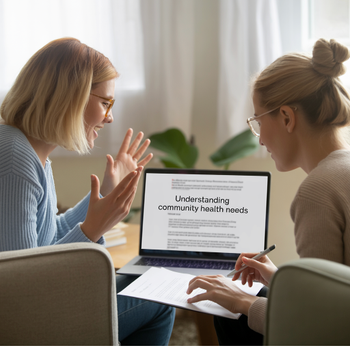
This 6-part series will chronicle the journey of 2 infection prevention and control (IPC) leaders, Brenna Doran, PhD, MA; and Jessica Swain, MBA, MLT, as they partnered to research and shed light on the critical issue of IP staffing in the current health care landscape. From the initial spark of an idea to the publication of an impactful article, a research manuscript, and a podcast, this series will offer an insider's view of their collaborative process and the profound implications of their findings.

From ultrasound gel safety to high-level disinfection, The Joint Commission’s 2025 surveys are zeroing in on infection prevention hot spots. Are your teams ready?

Infection prevention cannot succeed in silos. From acute care hospitals to long-term care facilities, interdisciplinary teams bring diverse expertise together, transforming safety from an individual responsibility into a shared culture. It’s time for leaders to champion collaboration, empower every role, and embed IPC into daily care delivery.

Infection prevention isn’t one-size-fits-all. Regional disparities, from rural staffing shortages to California’s strict regulations, demand tailored strategies, stronger collaborations, and targeted funding to protect patients everywhere.

Fewer than 14% of infection prevention departments receive staffing support from other hospital units, leaving infection preventionists stretched thin. Experts warn that this lack of collaboration undermines patient safety and strains already limited resources.

This installment of the interview with study authors, survey data reveal rising hours and responsibilities for infection preventionists, with staffing shortages fueling burnout risks and threatening the safety of both patients and health care workers.

Infection preventionists emerged from the COVID-19 crisis carrying heavier workloads, broader responsibilities, and fewer resources. A new study reveals the toll and the urgent need for support.

As hospitals face layoffs and budget cuts, the need to demonstrate IPs' measurable impact has never been greater. For IPs, that means transforming your resume into more than a list of duties: it must tell the story of outcomes, savings, and lives protected. Now is the moment to redefine your role—not as a cost center, but as a catalyst for safety, efficiency, and organizational success.

In a world full of corrections and checklists, don’t underestimate the quiet power of encouragement. One sentence—spoken with sincerity—can spark confidence, courage, and change. Infection preventionists do more than monitor safety; they shape culture. So today, go beyond reminders. Speak life. Name the good. Someone’s future may depend on it.
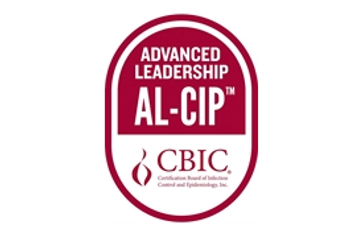
If you’ve led projects that measurably improved infection prevention and control, it’s time to showcase your impact. The Advanced Leadership Certification in Infection Prevention & Control (AL-CIP) recognizes experienced professionals whose vision, innovation, and expertise have made a difference locally, nationally, or globally.

Sharps injuries remain a silent but serious threat in health care that infection preventionists are uniquely equipped to confront. With underreporting widespread and safety devices underused, it’s time for IPs to step into a leadership role, using their expertise in systems thinking, education, and policy to build a culture where staff protection is as prioritized as patient care.

Sharps safety isn’t just an operating room issue—it’s a system-wide concern that demands stronger policies, consistent reporting, and cross-departmental collaboration to truly protect health care workers.

Despite decades of progress in health care safety, a quiet but dangerous culture still lingers: many health care workers remain afraid to report sharps injuries, fearing blame more than the wound itself.

Sharps safety in health care isn’t just about knowing the rules—it’s about changing the culture. In a recent interview with Infection Control Today®, perioperative educator Amanda Heitman shares how fostering a supportive, informed environment can turn safety standards into daily practice.

Sharps safety in health care goes far beyond personal protective equipment. Amanda Heitman outlines a layered strategy of training, communication, and device innovation aimed at reducing needlestick injuries in even the busiest clinical environments.

Despite being a well-known occupational hazard, sharps injuries continue to occur in health care facilities and are often underreported, underestimated, and inadequately addressed. A recent interview with sharps safety advocate Amanda Heitman, BSN, RN, CNOR, a perioperative educational consultant, reveals why change is overdue and what new tools and guidance can help.

Infection preventionists, once hailed as indispensable during the pandemic, now face a sobering reality: budget pressures, hiring freezes, and layoffs are reshaping the field, leaving many IPs worried about their future and questioning their value within health care organizations.

